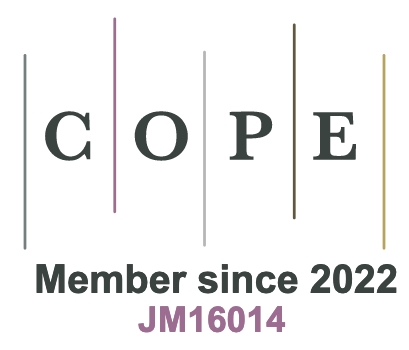Active learning-based generative design of halogen-free flame-retardant polymeric composites
Abstract
It is of significant importance to design flame-retardant polymeric composites (FRPCs) with superior flame retardancy and appropriate mechanical properties. However, discovering such materials is often reliant on serendipity, as the conventional ‘trial-and-error’ approach is inadequate for navigating the vast virtual space. To overcome this challenge, we propose an active generative design framework to accelerate the development of FRPCs within the expansive virtual space. This framework operates as a closed-loop system, integrating machine learning, knowledge-embedded generative model, and experimental exploration. Through this approach, we derived two interpretable linear expressions and identified a key composition threshold that when the mass fraction of zinc stannate (ZS) is below 2.5% and that of piperazine pyrophosphate (PAPP) exceeds 12.5%, the flame retardancy of polypropylene (PP)-based FRPCs is significantly enhanced. By processing and characterizing 10 FRPCs, we successfully designed two composites with flame retardancy improved by 1% compared to the top-performing reference FRPC in the initial dataset—without compromising mechanical property. This work effectively resolves the trade-off between flame retardancy and mechanical performance at a low cost, demonstrating a promising pathway for the accelerated discovery of PP-based FRPCs with balanced properties.
Keywords
Material design, active learning, generative model, PP-based flame-retardant composites
Cite This Article
Ma W, Li L, Zhang Y, Li M, Song N, Ding P. Active learning-based generative design of halogen-free flame-retardant polymeric composites. J Mater Inf 2025;5:[Accept]. http://dx.doi.org/10.20517/jmi.2025.09











